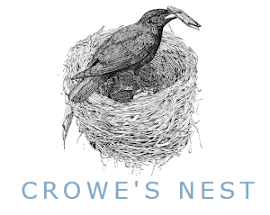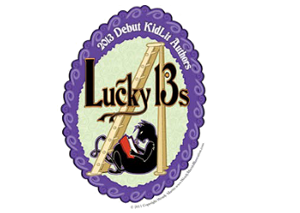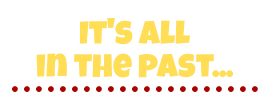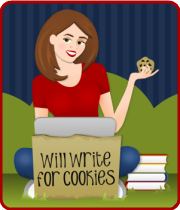Me: Was it very different writing a picture book after writing a novel?
Tamera: On the surface, a rhyming picture book and a verse novel seem to have almost nothing in common, so switching to writing This Old Band, my first picture book after my debut novel, Gone Fishing: A Novel in Verse, might seem like a big change. While there are several obvious differences such as story length, intended audience, traditional concept book vs. contemporary adventure, and types and function of illustrations, for me, some aspects of these two formats ended up being quite similar.
Me: Do you approach your writing any differently when you know the book is going to be read in one sitting, instead of over several days?
Tamera: Initially my approach to writing is the same regardless of how the book will be read. I try to simply be aware that story ideas are emerging and capture them. That's what happened with This Old Band and Gone Fishing. Both stories began as a single poem. Gone Fishing expanded to include more than forty poems, while This Old Band remained one long poem.
Along the way, I begin to shape the poetry, control the rhythm and rhyme, layer in poetic elements, and choose poetry forms. This is where the difference in approach emerged between the two books – since Gone Fishing has many poems with a story arc, I needed to also be mindful of the story’s stage as I wrote. This Old Band is a counting concept book so instead of a traditional story arc there is bit of mischief amidst the band members that comes through in the text, yet there’s room for the illustrator to embellish a story thread through artwork.
With This Old Band, as in one of the poems in Gone Fishing, I wrote homage poems of well-known children's verses and made them my own. That is one of the deliberate choices that I made as a poet and storyteller for both books that I hope will resonate with young readers.
Me: Do you have any advice for writers who know that their books will likely be read aloud?
Tamera: You’ve probably heard this before, but I’ll repeat it here: read many books, both those that are similar to and different from your read aloud. Note what works or flows well in those books, how page turns affect pacing, where you’re engaged and any places where you’re not. Notice any places where you trip when you’re reading out loud, particularly with any books that have a strong rhythm and rhyme pattern. I tend to dissect those books that I love the most to understand very specific details of story, character, setting, word choices, rhyme, rhythm, level of reliance on illustrations, etc. It’s my way of trying to grasp what the author (and illustrator) are doing that work so well.
For my own manuscripts, I do the same thing – read to myself and read out loud at every stage in development. I put my work under the same scrutiny – where does it flow well? Are there places where I stumble on my own words? Could I use a more powerful description, something more lyrical, more playful? Is the rhythm solid and consistent? Do the accents fall on the syllables the right way or are there spots where it’s forced? Are my rhymes serving the story, or are they just pretty rhymes?
When I feel very confident in my read aloud, I often ask a trusted friend to read it out loud to me. I listen closely with a copy of my manuscript in hand and keep in mind those questions – is my reader hitting the tempo that I had planned? Where do her words flow effortlessly? Are there any spots where she trips? Gets confused? Misses a beat? Sounds forced? I take it all in and make notes. Maybe it works perfectly and is ready for an editor’s eye. More likely, though, it doesn’t yet. That’s when I use those clues from my friend to work on my manuscript a little bit more in an effort to make it really sing.
Thank you for having me visit Will Write For Cookies, Peggy!
Thanks so much for sharing with us, Tamera!
You should definitely look into getting her books. They hold a place of honor
at our house. Here's some handy links for you:
at our house. Here's some handy links for you:
And Tamera is having a party and a giveaway going on at
her site right now! You should check it out.
her site right now! You should check it out.
Tamera Wissinger writes stories and poetry for children. Her book Gone Fishing: A Novel In Verse, HMH, is an ALSC 2014 Notable Children's Book, a Children's Book Committee 2014 Best Children's Book of the Year, and an International Reading Association 2014 Teachers Choice Book. This Old Band, a counting concept book from Sky Pony Press, releases on June 3, 2014. Tamera is a graduate of Hamline University's MFA in Writing for Children and Young Adults program. She and her husband live in Florida.







































5 comments:
Wow, I loved reading this. Even though I write quite different edgy YA, I so badly want to write a sweet picture book. This is great stuff.
Congrats to Tamara! And great advice about reading the manuscript out loud as well as other picture books.
There are some great nuggets of advice to glean from this post. Thanks so much Peggy and Tamara for the interview :-)
This is all great advice! And the stuff about reading stories out loud reminded me of listening to my teachers read books to us in grade school; I still miss that sometimes, partly because that experience made me want to read more.
I'm not talented in poetry, so I admire people who are. Different kinds in the same book. Go you, Tamera! Congrats.
Post a Comment